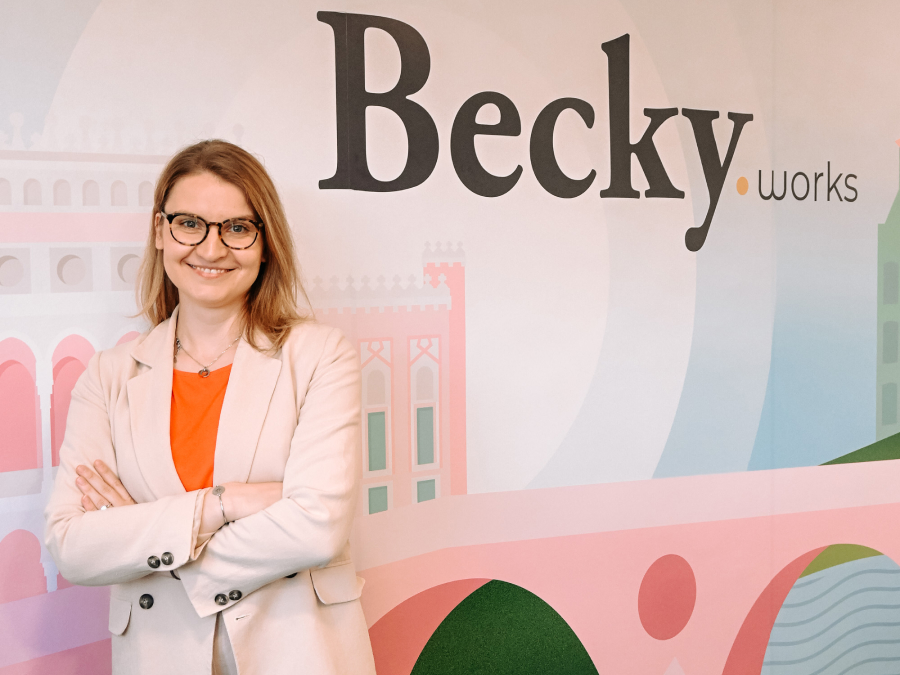
How to Improve Time & Organization Skills
Learn simple steps to manage time, set priorities, plan your week, block time, and build systems that keep work on track.
Learn how collaborative learning teams use diverse skills and trust to turn ideas into tests and results that speed innovation.

Collaborative learning teams are small groups that learn together and solve problems. Members share skills, test ideas, and review results. Innovation matters because markets change fast. Customers expect better products and better service. Hence, teams that learn together adapt and improve. They spot gaps, try simple experiments, and keep what works. Knowledge spreads across roles, so ideas move from talk to action. These teams build a safe space for feedback and growth. They capture lessons and turn them into new features, services, or ways of working. This article explains how to set up these teams and how they drive real innovation.
Innovation grows when people learn together and act fast. These teams blend skills, share insight, and turn ideas into tests and results. Here are some reasons why collaborative learning is helpful.
Different backgrounds solve problems better. One person sees patterns in data. Another spots risks in a process. A third hears the client’s voice in each choice. These views reveal the root cause and the real need. The team maps options from many angles. Then the team picks a path that fits the goal and the limits. Interdisciplinary work lifts creativity. Designers shape the flow. Engineers set what is possible now. Product leads protect value. Finance checks cost. Operations checks ease and speed. The mix sparks new links between parts. A small code change may pair with a service tweak. A script may cut a step for both staff and clients. Fresh ideas appear because the team looks across borders.
Open talk keeps ideas moving. The team sets ground rules for turn-taking, clarity, and respect. People share early sketches, not just final work. Short daily check-ins keep momentum. A shared board shows tasks, owners, and dates. Everyone can see the plan and the gaps. This flow reduces confusion and rework. Use simple methods to brainstorm and give feedback. Timebox idea sprints to keep energy high. Ask for many ideas before you judge. Cluster ideas by theme on a wall or a whiteboard. Vote with dots to mark a promise. Use a checksum round: one strength, one risk, one next step for each top idea. Write notes in plain words. End each session with two actions and one owner. This approach will help the team to leave with clear steps, not loose talk.
Trust makes the team work as one. That is why keeping promises and meeting dates is crucial. It is also important that leaders model the behavior they ask from others. They share context and make room for questions. This encourages members to ask for help without shame. And, of course, wins should go to the team while misses should be turned into lessons. This shared ethic keeps people honest and brave. A safe space invites risk and tests. The team treats each test as a learning step. Set a small scope and a clear metric. Try it with real users or a sample group. Review what happened and why. Keep what worked and drop what failed. No one should blame someone for a bad idea. The team thanks them for the signal and tries the next idea. This cycle turns fear into progress.
Conclusion
Collaborative learning teams turn ideas into action. They mix skills, share insight, and run small tests. Results improve faster, and value reaches customers sooner. So, start now. Form one cross-functional team. Set one clear goal. Hold short learning sprints each week. Use a simple board for tasks, owners, and dates. End each session with two actions and one owner. Share what worked and what to change next time. Keep the loop tight: test, learn, and ship. The future of innovation belongs to teams that learn together. Build these habits today, and your products, services, and people will keep moving forward.

Learn simple steps to manage time, set priorities, plan your week, block time, and build systems that keep work on track.

Discover best practices for outsourcing accounting work effectively, maintaining control, and enhancing your firm’s capacity.

Learn the core elements of a performance measurement framework and how clear goals and targeted KPIs drive stronger results for any organization.
Vijzelstraat 68
1017 HL Amsterdam
The Netherlands
Michel de Braeystraat 52
2000 Antwerpen
Belgium
Makenzijeva 57
11000 Belgrade
Serbia
Bulevar Kralja Aleksandra 28
11000 Belgrade
Serbia
Marsala Tita 28
71000 Sarajevo
Bosnia and Herzegovina